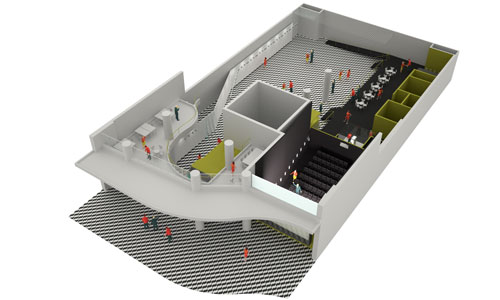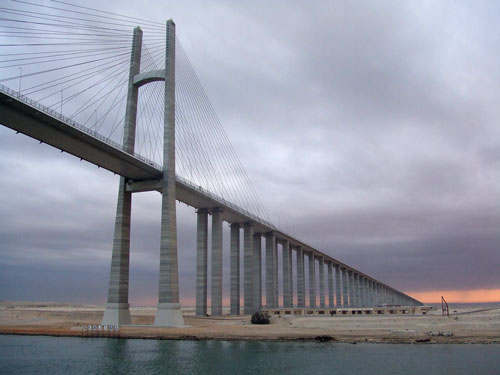
After the dramatic loss of the TU Delft faculty of Architecture in a fire May 2008, the educational structure was kept together in tents at the campus´ sports fields. With incredible speed and creativity a new temporary faculty was improvised in the old university administration building at the Julianalaan. Already some people say it is actually better than the old building, although some activities are still ´homeless´ due to construction delays of certain spaces. In the meantime an ideas competition was launched for the future faculty of architecture.
Also see: post about the destruction of the old faculty in May 2008
The old administration building at the Julianalaan

New work space

New urbanism department

The old faculty building being torn down

Inauguration of the tents at the university sports fields (with gypsy music)









